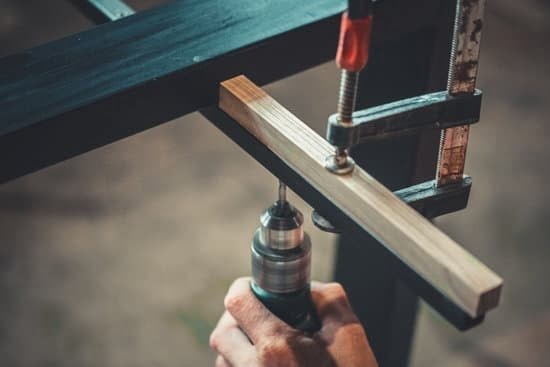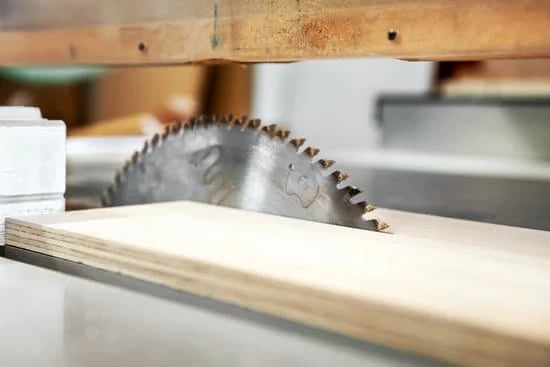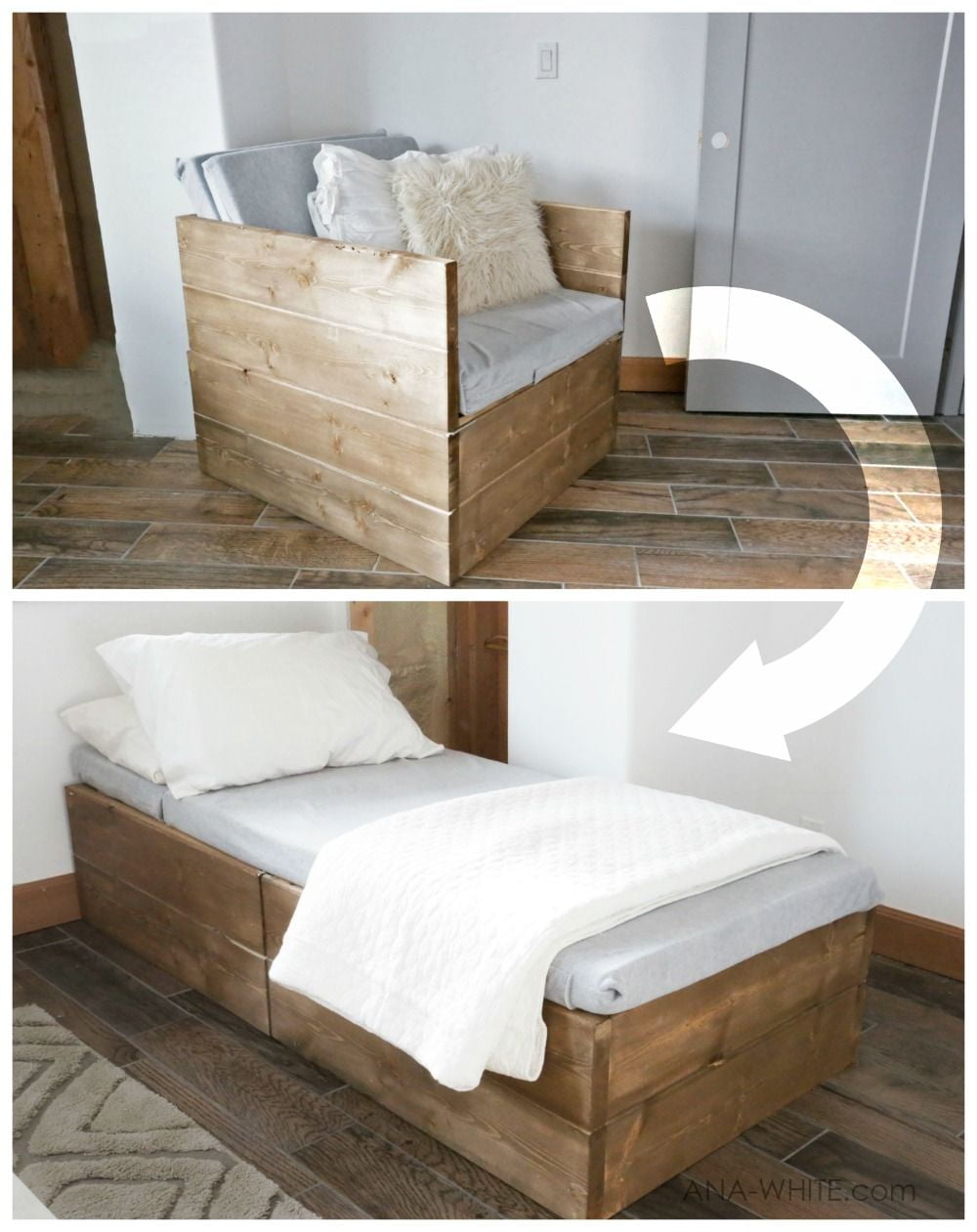Are you looking to enhance the functionality of your woodworking machines in your workshop? One key solution is to build a mobile base for them. In this guide, we will explore how to build a mobile base for woodworking machines, offering you the convenience and versatility needed to make the most out of your workspace.
Having a mobile base for your woodworking machines comes with a plethora of benefits. Firstly, it allows for easy maneuverability, making it simple to rearrange your workshop layout or move heavy machines around without hassle. Additionally, a mobile base can help save space by efficiently storing your machines when not in use, ultimately leading to increased productivity as you optimize the available workspace.
To build a mobile base, you will need essential materials such as caster wheels, plywood, screws, and other components that we will detail later on. With the right tools like a drill, saw, measuring tape, and screwdriver at hand, you can easily assemble the mobile base following our step-by-step instructions. Stay tuned to discover how you can create a practical and functional mobile base for your woodworking machines.
Benefits of a Mobile Base
One of the key advantages of having a mobile base for woodworking machines is the ease of maneuverability it provides in a workshop. By having your woodworking machine on wheels, you can easily move it around the workspace as needed, allowing you to optimize your workflow and access materials more efficiently.
This is particularly beneficial when working on larger projects that require different tools and equipment throughout the process. Additionally, moving heavy machinery becomes much simpler and safer with a sturdy mobile base.
Another great benefit of utilizing a mobile base for woodworking machines is the space-saving aspect it offers. In smaller workshops where every inch counts, being able to move your machines out of the way when not in use can make a big difference in maximizing the available space.
This flexibility allows for better organization and optimization of the workshop layout, creating a more functional and comfortable working environment. With a mobile base, you can easily create space for other tools, materials, or workstations as needed.
Furthermore, having a mobile base for woodworking machines can significantly increase productivity in the workshop. With easier access to your machinery and tools, as well as the ability to swiftly reconfigure your workspace based on project requirements, you can work more efficiently and effectively.
This translates to faster project completion times, smoother workflow transitions, and ultimately higher output levels. Building a mobile base for your woodworking machine is an investment that pays off in terms of time saved and increased productivity in your woodworking projects.
Materials Needed
Building a mobile base for a woodworking machine can greatly enhance the functionality and convenience of your workshop. To create a sturdy and reliable mobile base, you will need to gather the necessary materials before starting the construction process. The key materials required include caster wheels, plywood, screws, and other essential items that will form the foundation of your mobile base.
One crucial component of building a mobile base is selecting high-quality caster wheels that can support the weight of the woodworking machine while providing smooth mobility across different surfaces. It is recommended to choose heavy-duty caster wheels with locking mechanisms to ensure stability when the machine is in use. Plywood will serve as the primary material for constructing the base platform, providing durability and strength to support the weight of the machine.
In addition to caster wheels and plywood, you will also need a variety of screws in different sizes to securely fasten the components together during assembly. Other essential items for building a mobile base may include wood glue for additional reinforcement, measuring tape for accurate dimensions, and drill bits for creating holes for attaching the caster wheels.
By having all these materials ready before you begin building, you can streamline the construction process and ensure a well-built mobile base for your woodworking machine.
| Materials | Quantity |
|---|---|
| Caster Wheels | 4 |
| Plywood | 1 sheet (size may vary based on machine) |
| Screws | Assorted sizes |
| Wood Glue | 1 bottle |
Tools Required
To build a mobile base for a woodworking machine, you will need a few essential tools to ensure that the construction process goes smoothly. Here is a list of the tools required to assemble the mobile base:
- Drill: A power drill will be necessary for creating holes in the plywood and attaching various components together.
- Saw: Whether you use a circular saw or a jigsaw, having this tool will help you cut the plywood to the correct dimensions for your mobile base.
- Measuring Tape: Accurate measurements are crucial when building a mobile base, so make sure you have a measuring tape on hand to ensure everything fits properly.
- Screwdriver: You will need a screwdriver to secure screws in place when assembling the different parts of the mobile base.
These tools are fundamental for constructing a sturdy and functional mobile base for your woodworking machine. Make sure they are in good working condition before beginning the project to avoid any delays or complications during assembly.
In addition to these primary tools, having other items like clamps, levelers, and safety gear can also be beneficial during the construction process. By using the right tools and equipment, you can confidently build a mobile base that will enhance the efficiency and convenience of your woodworking activities.
Step-by-Step Instructions
To build a mobile base for a woodworking machine, you will need to follow a series of steps carefully to ensure stability and functionality. Here is a detailed guide on how to construct a mobile base for your woodworking machines:
Cutting the Plywood
The first step in building a mobile base is cutting the plywood to create the base of the structure. Measure and mark the dimensions according to the size of your woodworking machine, ensuring that it will fit securely on top of the base. Use a saw to cut the plywood carefully along the marked lines, creating a sturdy foundation for your mobile base.
Attaching the Caster Wheels
Next, attach caster wheels to the bottom side of the plywood base to enable easy maneuverability. Position the caster wheels at each corner of the plywood, marking where they will be screwed in place. Use screws and a drill to secure the caster wheels firmly, ensuring that they can support the weight of both the woodworking machine and the base itself.
Securing the Machine
Once you have assembled the plywood base with caster wheels attached, carefully lift your woodworking machine onto it. Ensure that the machine sits securely on top of the base and does not wobble or shift when moved. Use screws or bolts to fasten the woodworking machine onto the base, creating a stable and reliable mobile platform for your workshop equipment.
By following these step-by-step instructions on how to build a mobile base for woodworking machines, you can enhance convenience and versatility in your workspace while optimizing productivity. Ensure that you take proper safety precautions during construction, such as wearing protective gear and using appropriate lifting techniques. With a custom-built mobile base, you can easily move your woodworking machines around your workshop as needed and maximize space efficiency.
Safety Tips
When building a mobile base for a woodworking machine, safety should always be the top priority. Taking proper precautions can prevent accidents and ensure a smooth construction process. Here are some essential safety tips to keep in mind:
- Wear protective gear: When working with tools and materials, it is crucial to protect yourself from potential hazards. Make sure to wear safety goggles, gloves, and closed-toe shoes to prevent injuries.
- Use proper lifting techniques: Woodworking machines can be heavy and awkward to lift. To avoid strain or injury, use the correct lifting techniques such as bending at the knees, keeping your back straight, and asking for help when needed.
- Avoid loose clothing: Loose clothing or accessories can easily get caught in machinery or tools, leading to accidents. Wear fitted clothes and avoid wearing jewelry or long scarves while working on the mobile base.
- Keep a clean work area: Cluttered work areas increase the risk of tripping or falling. Keep your workspace organized by removing any obstacles or debris that could cause accidents.
By following these safety tips, you can ensure a safe and efficient construction process when building a mobile base for your woodworking machine.
Remember that safety should always come first when working with power tools and heavy equipment. Prioritize your well-being by taking necessary precautions throughout the construction of your mobile base. With the right safety measures in place, you can enjoy the process of creating a practical and convenient solution for moving your woodworking machine around your workshop.
Always double-check your work area before starting any task related to constructing the mobile base. It’s better to take a few extra minutes to ensure everything is safe rather than risking an accident due to oversight. Stay focused on safety throughout the project, and you’ll be well on your way to completing a functional mobile base for your woodworking machine.
Customization Options
When considering how to build a mobile base for woodworking machines, it is essential to factor in the different sizes and types of equipment that you may have in your workshop. One way to customize the mobile base is by adjusting the dimensions of the plywood base to accommodate larger or smaller tools.
For larger machines, you may need to increase the size of the plywood base and use heavier-duty caster wheels for better support and stability. On the other hand, for smaller tools, a more compact design may be suitable.
Additionally, depending on the type of woodworking machine you are creating a mobile base for, you may need to modify the positioning of the caster wheels. For heavier machinery like table saws or jointers, placing the caster wheels closer to the corners of the base can help distribute weight evenly and prevent tipping during movement. Smaller tools like bench grinders or sanders may benefit from having caster wheels positioned at each corner for easier maneuverability.
Storage solutions can also be integrated into the customization of a mobile base for woodworking machines. By adding shelves or compartments underneath the plywood base, you can create additional storage space for accessories, tools, or materials related to your woodworking projects. This not only optimizes space in your workshop but also allows for easy access to everything you need while working on your projects.
| Customization Options | Benefits |
|---|---|
| Adjusting dimensions to fit different sizes of machines | Allows for versatility in accommodating various equipment |
| Modifying caster wheel position based on machine type | Improves stability and maneuverability during movement |
| Incorporating storage solutions underneath the base | Efficient use of space and easy access to tools and materials |
Final Thoughts
In conclusion, building a mobile base for woodworking machines is a practical and efficient solution for any workshop. The benefits of easy maneuverability, space-saving capabilities, and increased productivity make it a worthwhile investment for woodworking enthusiasts of all levels. By following the step-by-step instructions provided in this guide, you can create a mobile base that suits your specific needs and preferences, ultimately enhancing your woodworking experience.
It is essential to gather all the necessary materials and tools before starting the construction process. From caster wheels to plywood and drills to screwdrivers, having everything on hand will streamline the assembly of your mobile base. Additionally, don’t forget to prioritize safety by wearing protective gear and practicing proper lifting techniques to avoid any accidents or injuries during the building process.
Customization options offer a versatile approach to tailoring your mobile base to accommodate different sizes and types of woodworking machines. Consider incorporating storage solutions into your design to maximize efficiency in your workshop. With the guidance provided in this article, you are equipped with the knowledge and resources needed to embark on this DIY project successfully. So why wait? Take the initiative today and start building your own mobile base for woodworking machines.

Hi everyone! I’m a woodworker and blogger, and this is my woodworking blog. In my blog, I share tips and tricks for woodworkers of all skill levels, as well as project ideas that you can try yourself.





